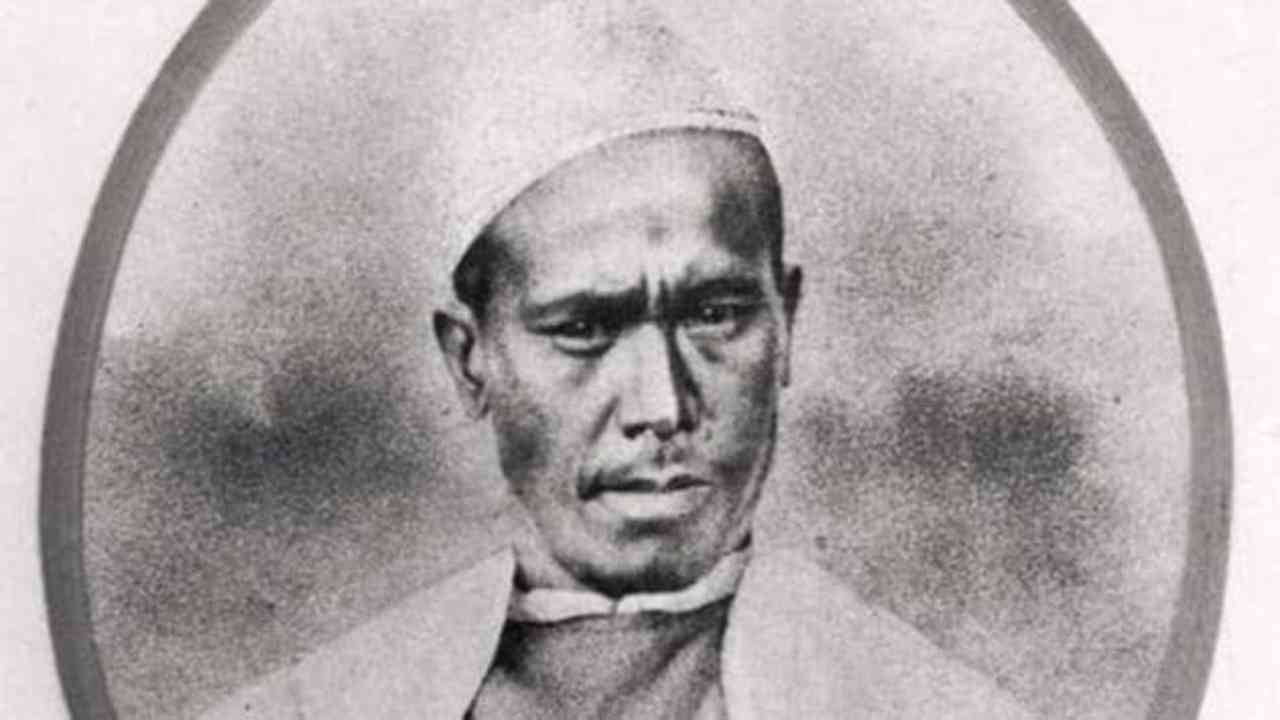Nain Singh Rawat: Today is the 191st birth anniversary of the fearsome Indian explorer who surveyed the vast unexplored expanses of Tibet in the late 19th century.
But did you know that the man was the first person in the world to do that, besides determining the exact location and altitude of Lhasa, mapping the Tsangpo, and finally, bringing the fabled gold mines of Thok Jalung to world’s notice?
Born in 1830 in Milam, a village nestled in the valleys of the Kumaon Hills, the man’s ‘spy’ expedition proved to be a game changer in a time when the exploration game was a clear monopoly of the Europeans.
All about the legendary explorer whose name continues to elicit nothing less of than admiration in the wide circles of exploration:
- Rai Bahadur Nain Singh Rawat was born in a Shauka village located in the valley of Johar in Kumaon Hills, which is famous for being the home of Bhotia explorers from the British Era.
- After leaving school, Nain Singh helped his father and visited different centres in Tibet with him. In the process, not only did he learn the Tibetan language, but also comprehended the customs and mannerisms practised by the local people, which would prove to be extremely beneficial in years to follow.
- In 1855, a 25-year-old Nain Singh was first recruited by German geographers, the Schlagintweit brothers. The German scientists had approached the office of the Survey of India, which reluctantly allowed them to proceed with their survey.
- Following which, along with three members of his family, Nain Singh set afoot on his first exploration trip between 1855 and 1857 and travelled to Lakes Manasarovar and Rakas Tal and then further to Gartok and Ladakh.
- After the exploration with the German brothers, Nain Singh Rawat joined the Education Department and was appointed as the headmaster of a government vernacular school in his village at Milam from 1858 to 1863.
- In 1863, Nain Singh Rawat and his cousin, Mani Singh Rawat, were selected and sent to the Great Trigonometrical Survey office in Dehradun where they underwent training for two years. This included training on the use of scientific instruments and ingenious ways of measuring and recording and the art of disguise.
- Being exceptionally intelligent, Nain Singh Rawat quickly learned the correct use of scientific instruments like the sextant and compass and could easily recognise all major stars and different constellations easily.
- Part of the secret ‘spy’ exploration mission, he had donned the guise of a Tibetan Monk and walked from his home region of Kumaon to places as far as Kathmandu, Lhasa, and Tawang. He was trained to maintain a precisely measured pace, which included covering one mile in 2000 steps, and measuring those steps using a modified Buddhist rosary or mala.
- Several other ingenious methods were devised, where the notes of measurements were coded in the form of written prayers, and these scrolls of paper were hidden in the cylinder of the prayer wheel to escape notice during the secret missions.
- Collecting intelligence under the most testing conditions, he travelled closely with the local population in caravans and thus followed some of the most fascinating accounts in the history of exploration, which led Nain Singh to map the vast expanses of Tibet and its river systems.
- In 1865, Nain Singh left the Trigonometrical Survey and headed out for Nepal with Mani Singh. While Mani returned to India soon, Nain went on to explore Tashilhunpo, where he met the Panchen Lama, and later Lhasa, where he met the Dalai Lama.
- During his stay in Lhasa, his true identity was discovered by two Kashmiri Muslim merchants. Interestingly, they did not report him to the authorities and on the contrary, lent him a small sum of money against the pledge of his watch.
- On his second voyage, in 1867, Singh explored western Tibet and stumbled across the fabled gold mines of Thok Jalung. He was also blown away by the humility of the workers, who only dug for gold near the surface, as they believed that digging deeper was a crime against the Earth and would deprive it of its fertility.
- His last and greatest journey was completed between the years 1873 and 1875, where he travelled from Leh in Kashmir to Lhasa, by a route more northerly than the one along the Tsangpo that he had taken on his first journey.
- In recognition of his stupendous feats of exploration, Nain Singh was presented with an inscribed gold chronometer by the Royal Geographic Society (RGS) in 1868. According to Colonel Henry Yule, “his explorations had added a larger amount of important knowledge to the map of Asia than any other living man”.
- Nain Singh was also conferred with the award of the Victoria or Patron’s Medal of the RGS in 1877 along with an inscribed watch by the Society of Geographers of Paris. In recognition of his fabulous achievements, the erstwhile government of India honoured the man with a land-grant of two villages.
On the occasion of 187th birth anniversary of Nain Singh Rawat the google doodle featured him in the doodle art, doodle art is a silhouette diorama illustration by paper cut artists Hari and Deepti Panicker, portraying Nain Singh Rawat as he might have looked on his travels solitary and courageous, looking back over the distances he had walked, rosary beads in hand, and staff by his side.


















